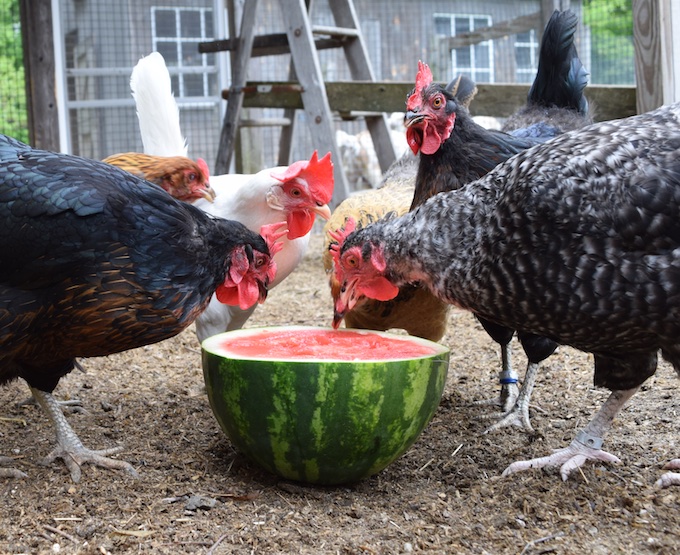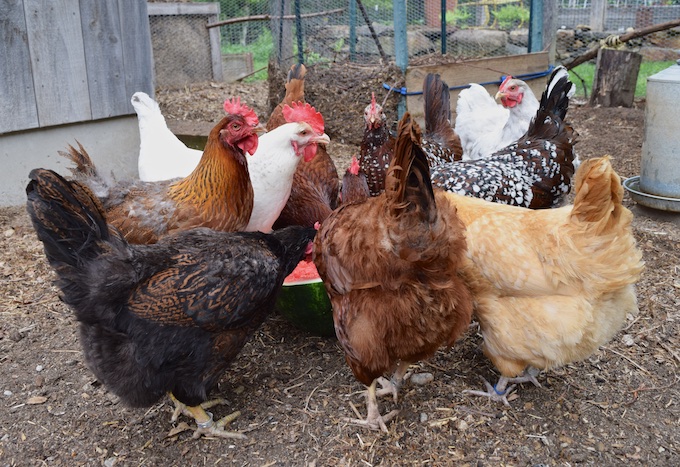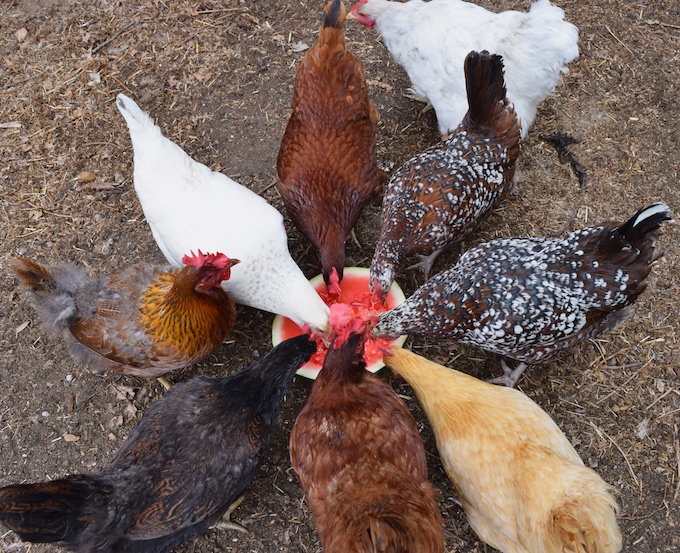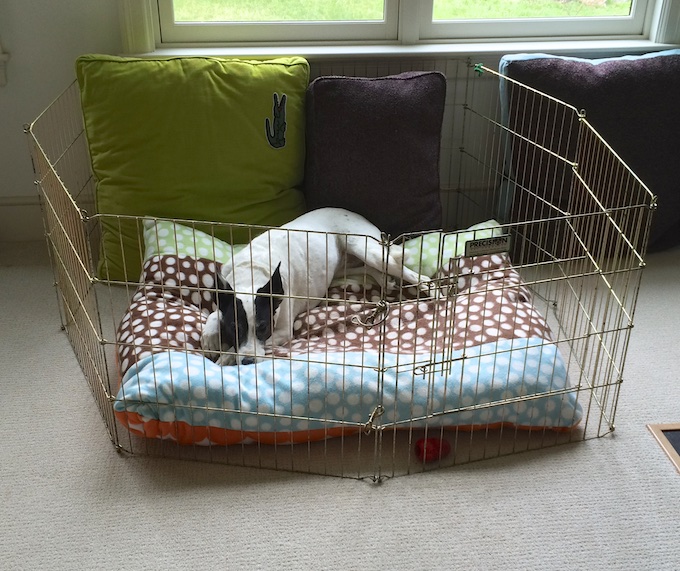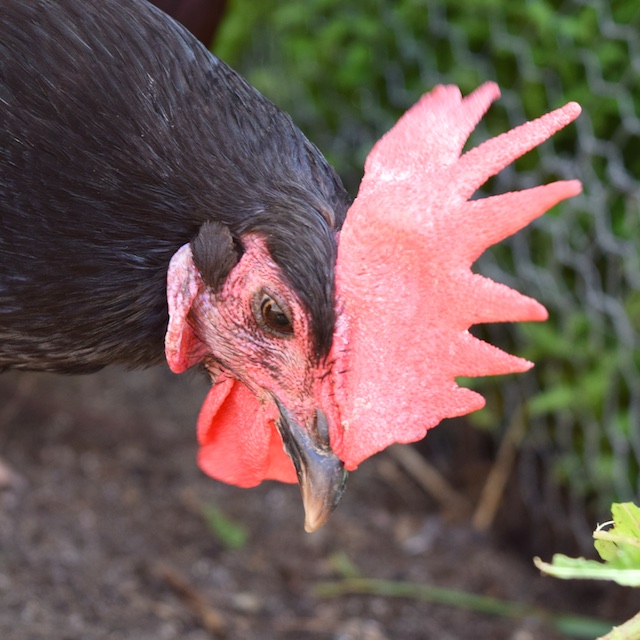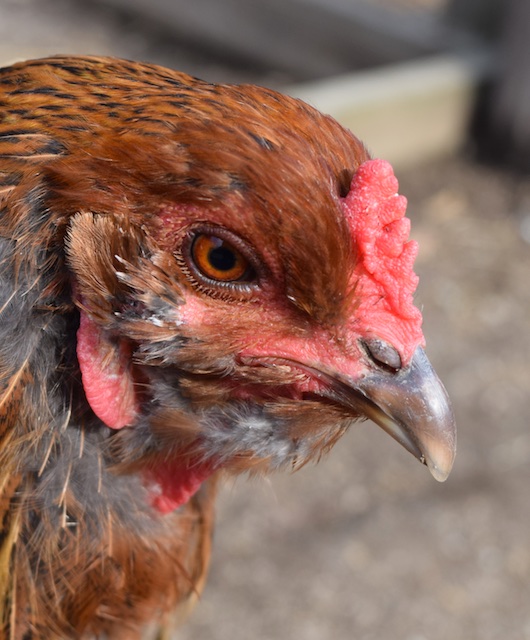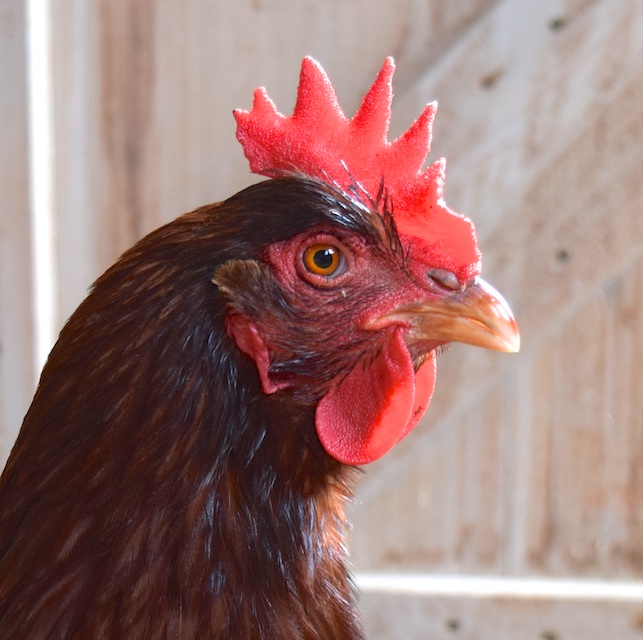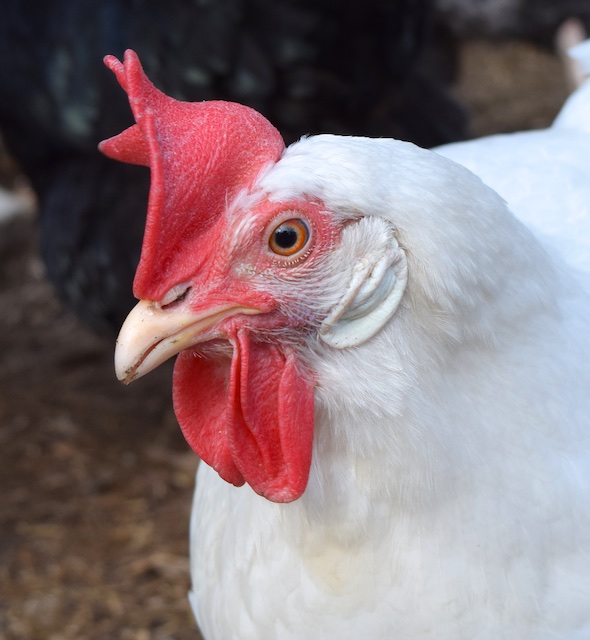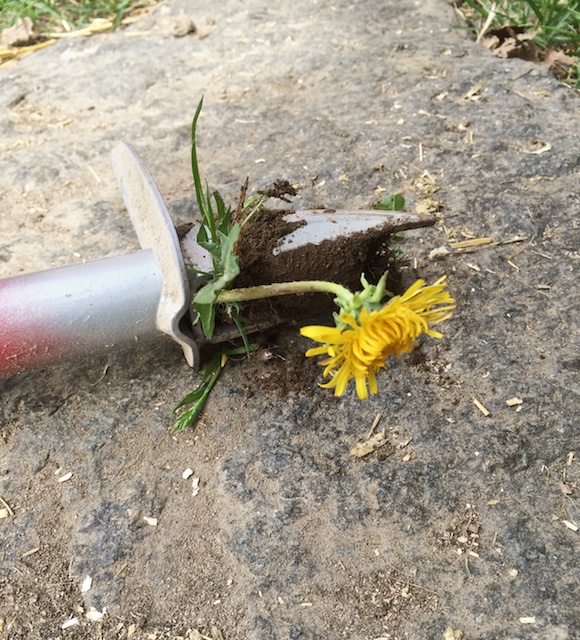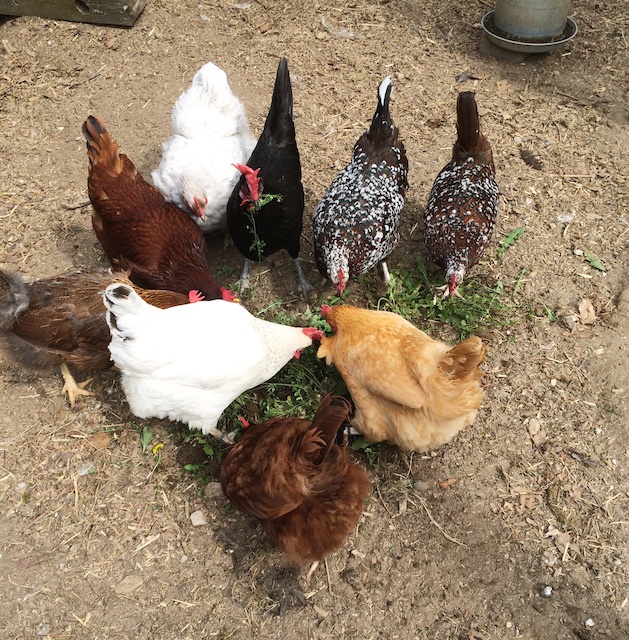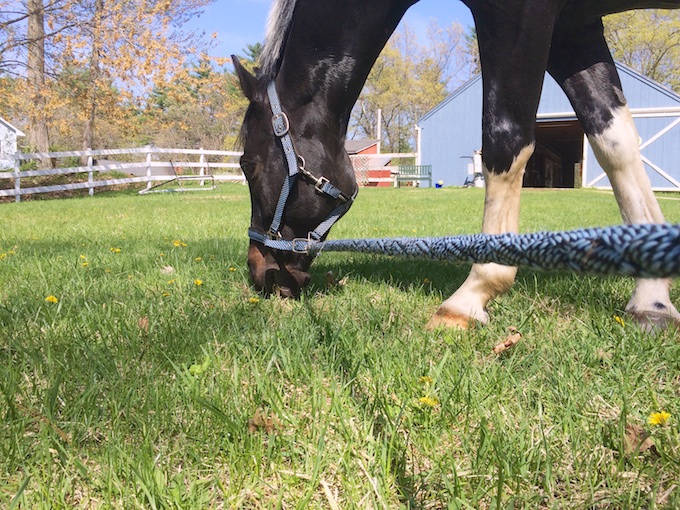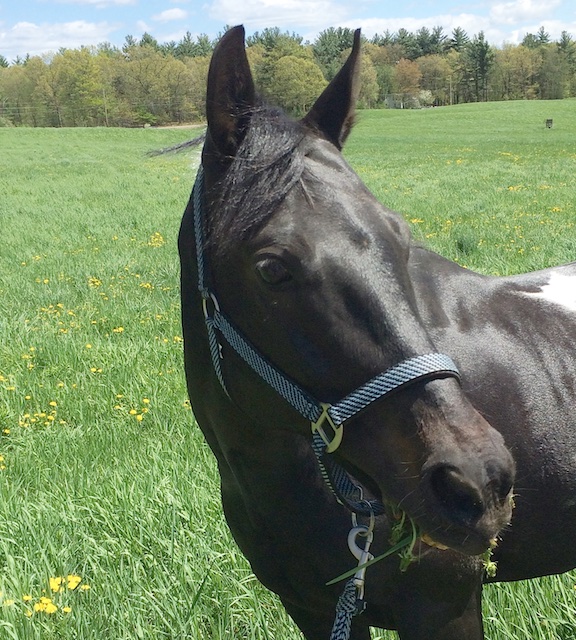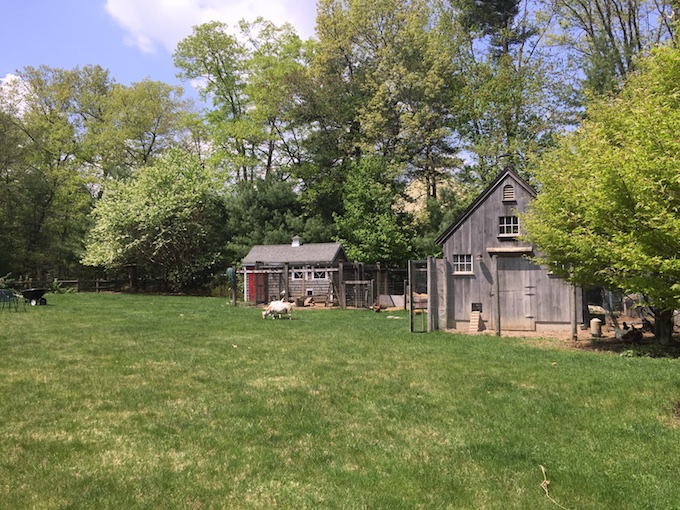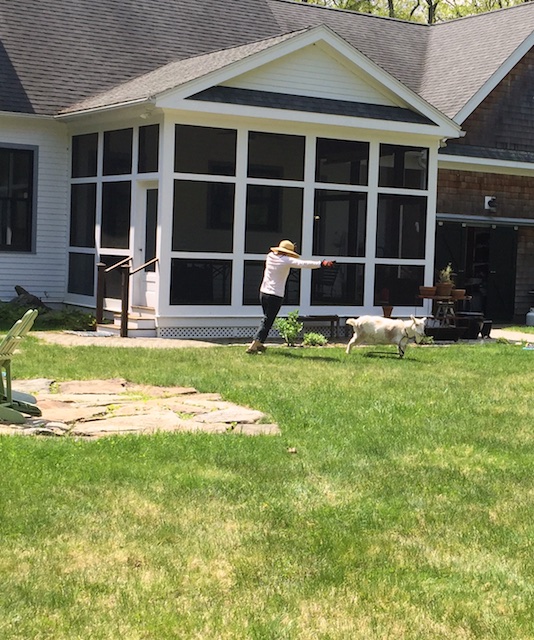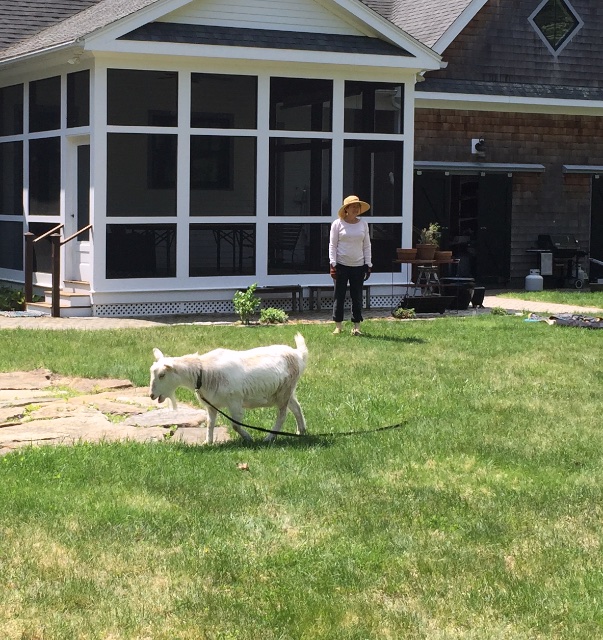Every few months I get a letter from my favorite class of special learners, Mrs. Sibilia’s students in Florida. These are kids with learning challenges, from autism to developmental delays, but they are all phenomenal scientists, artists, writers and thinkers. Mrs. Sibilia’s expectations of her students’ capabilities are high, and the kids meet them. She keeps them engaged by using the HenCam. In her most recent letter she writes:
After every 20 minutes of viewing your site, we journal (or write) about what we have noticed different or discovered new to the little farm or within the blogs. It has taught them to think about worlds outside of their own environment and encounter new perspectives about animals, weather, and weather terminology, seasonal changes, geographical locations and so much more. My principal and staff have commended us on the unique and creative idea of this kind of teaching. They have witnessed how it has affected my students’ ability to learn, retain information and apply what they have learned into their everyday living.
I’ve been delighted to share my world with these young Floridians. While I was grousing about the record snowfall, her classroom in Florida was thrilled! (Although I did email them reassurances that everyone here was fine.)
In order to keep the HenCam streaming (it costs more than a thousand a year in hosting fees alone) I ask for “coffee” money. I’m grateful for everyone’s contributions, no matter how small. But the check from Mrs. Sibilia’s class couldn’t have made me happier if was double the amount. She wrote: We even did lessons based on your site about money – they collected money for the animals, penny by penny, and counted their totals each day or so. These were kids that had no idea what the value of money was at the beginning of the year.
To complete that lesson, I cashed the check for $11.18, which paid for (almost exactly) two watermelons. So, Mrs. Sibilia’s class, your saving and counting has given this to the hens of Little Pond Farm:
There’s plenty of watermelon for all!
Doesn’t it look as if the hens have made themselves into a wheel?
Many thanks from all of us at Little Pond Farm! Keep an eye on the cams. As soon as the hens get their fill, I’m sure that Phoebe will come along and eat the rind.
Have a wonderful summer vacation and I hope to hear from all of you at the beginning of the next school year!
